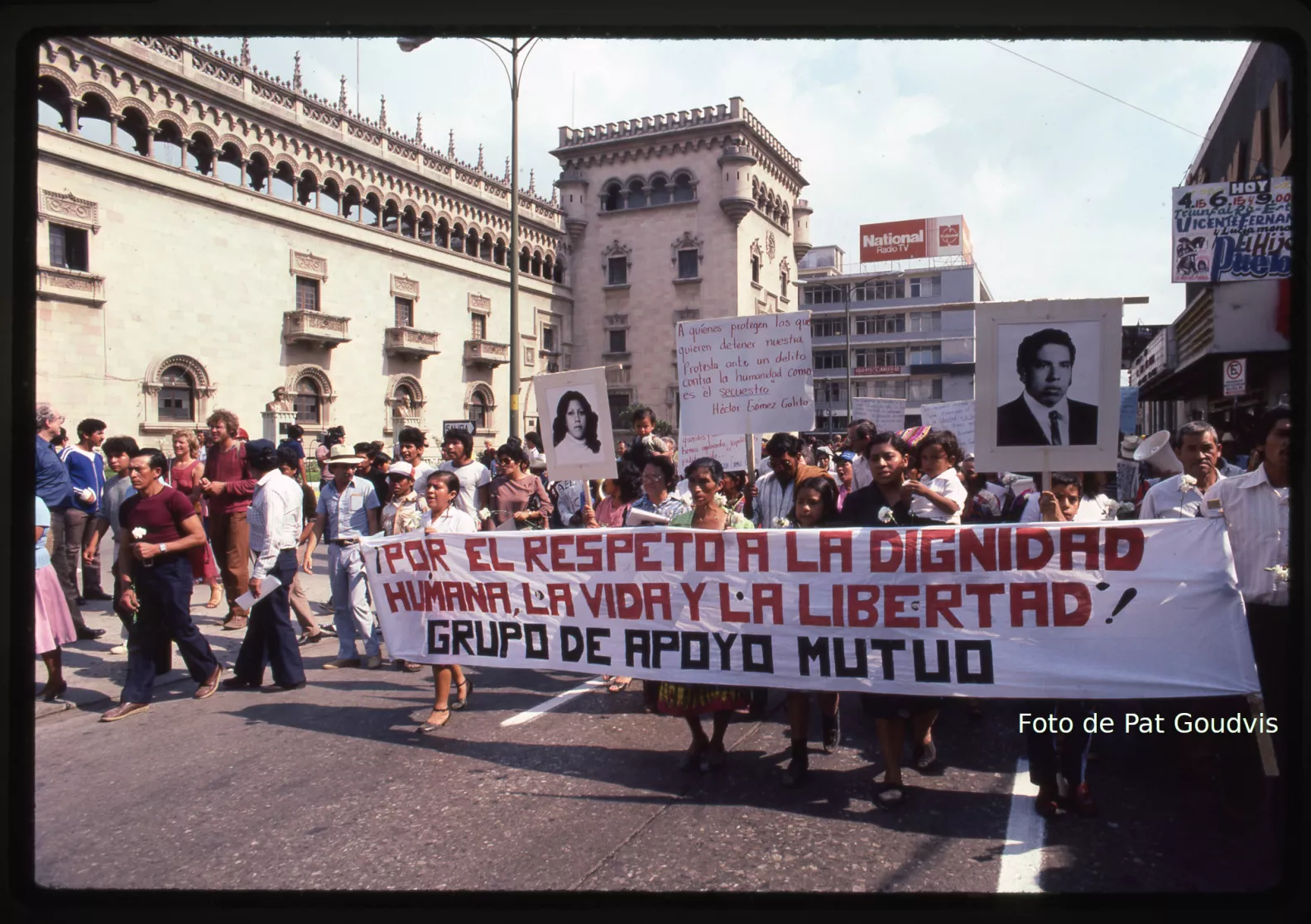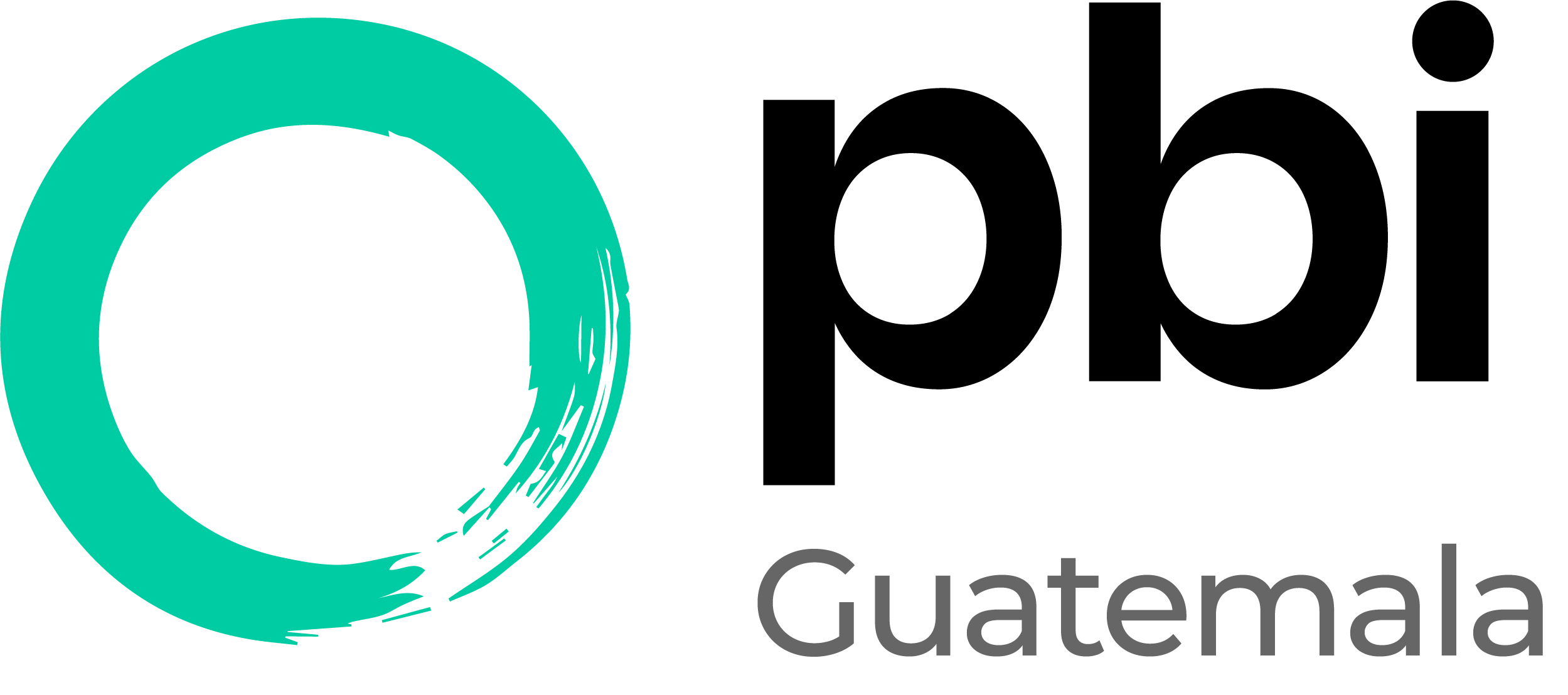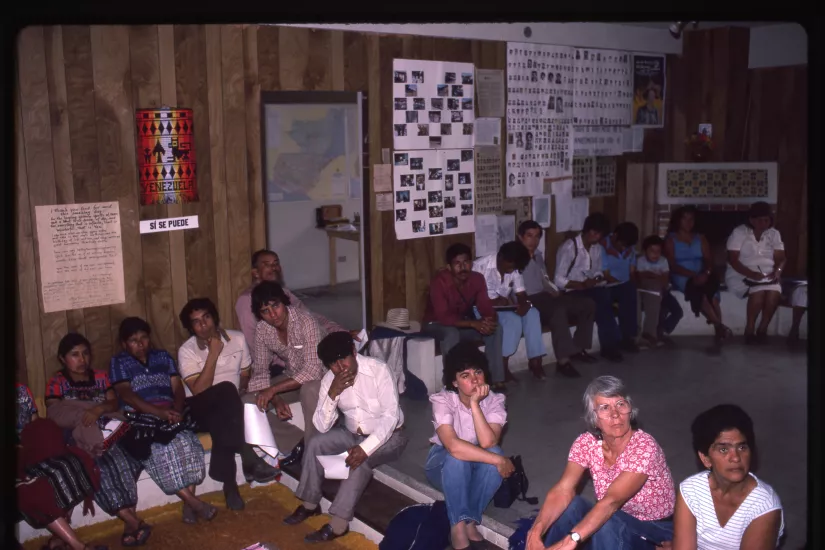
In the context of our 40th anniversary we develloped a timeline to follow the path of PBI throughout the years. Find it here!
The idea to start Peace Brigades International came from people with practical experience of nonviolence. Especially relevant was the earlier work of the Shanti Sena peace army in India and the World Peace Brigades.
After a number of ad-hoc international peace initiatives, on 12 January 1981 a letter signed by Narayan Desai (Shanti Sena Mandal), Raymond Magee (Peaceworkers), Piet Dijkstra (Foundation for the Extension of Nonviolent Action), Radhakrishana (Gandhi Peace Foundation) and George Willoughby was sent out to a number of organisations. It invited them to attend a conference to revive the idea of an international organisation committed to unarmed third party intervention in conflict situations. This led to a meeting that took place on Grindstone Island, Canada from August 31 to September 4, 1981, attended by Raymond Magee, Lee Stern, Henry Wiseman, Murray Thomson, Narayan Desai, Gene Keyes, Charles Walker, Dan Clark, Mark Shepard, Hans Sinn and Jaime Diaz.
Among them, they had participated in numerous peace actions and organisations. Although some women had been invited, none were able to attend, and the minutes note: ’Those present deeply regretted the lack of women participants.’ They discussed:
- the experiences of the many previous nonviolent actions;
- the role international peace brigades could play in conflicts,
- non-partisanship,
- organisational approaches (build a new organisation, form a new organisation from existing ones, co-ordinate interested groups, or encourage others to act) and,
- the relationship peace brigades could have with the United Nations.
Having taken a decision to set up a new organisation, the meeting discussed the practicalities: such as networking, training, project development, fundraising, and the location of a secretariat.
The meeting approved a founding statement and a structure: a directorate of 4 people, and a General Assembly of approximately 25 people with subcommittees to develop different areas of work.
During the meeting, an interim name ‘International Peace Brigades’ had been used. According to the minutes, the meeting arrived at a decision on the name in the following way, ‘ Murray Thompson suggested that all present submit possible names that would sit well with governments, foundations, and the general public. … during and after the coffee break, the following name emerged to general approval upon first being voiced by Narayan Desai, and seized upon by Charles Walker: PEACE BRIGADES INTERNATIONAL.
An excerpt from the minutes reads:
‘We are forming an organisation with the capacity to mobilise and provide trained volunteers in areas of high tension, to avert violent outbreaks. Peace brigades, fashioned to respond to specific needs and appeals, will undertake nonpartisan missions, which may include peacemaking initiatives, peacekeeping under a discipline of nonviolence, and humanitarian service. …We are building on a rich and extensive heritage of nonviolent action. We are convinced that this commitment of mind, heart, and dedicated will can make a significant difference in human affairs’
Today Peace Brigades International is a global organization with an international office in Brussels, seven field projects working directly with vulnerable human rights defenders and 13 country groups around the world.


